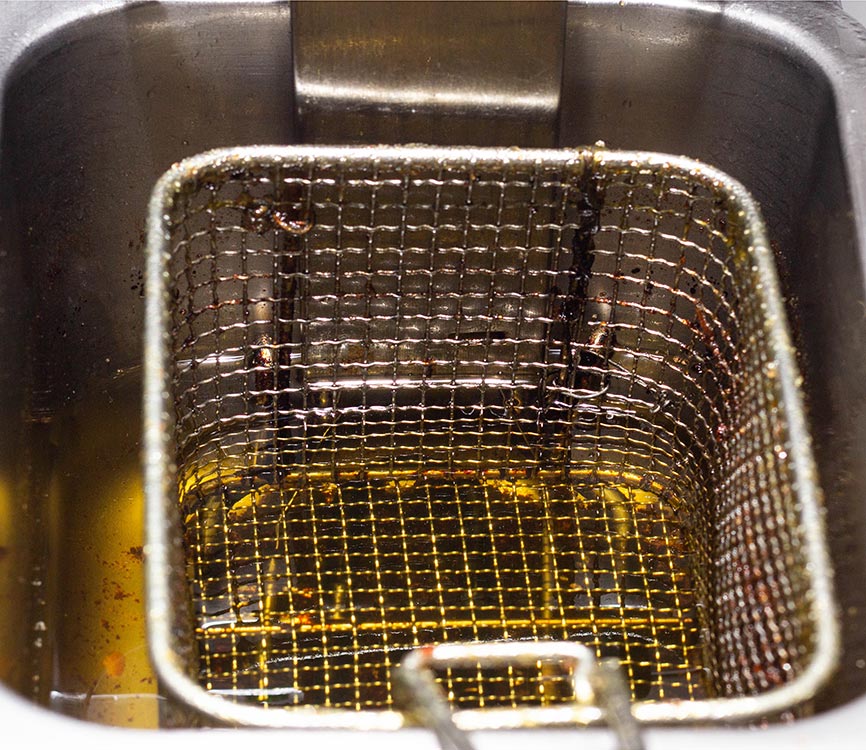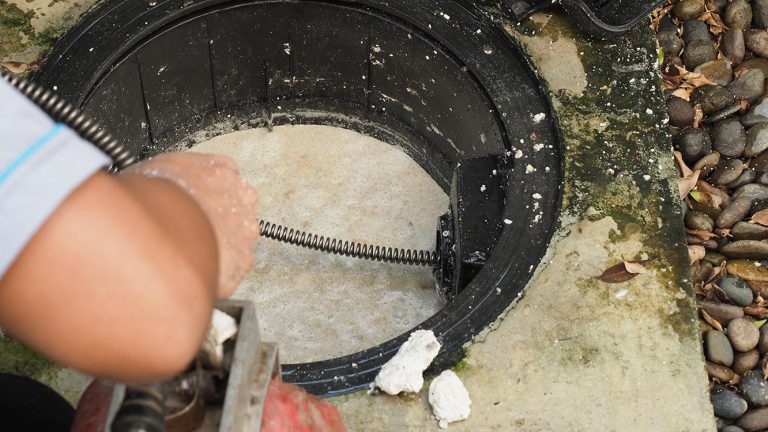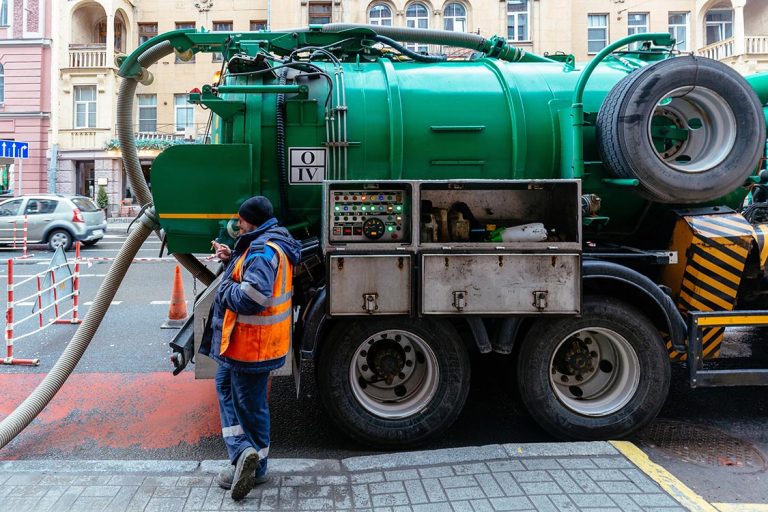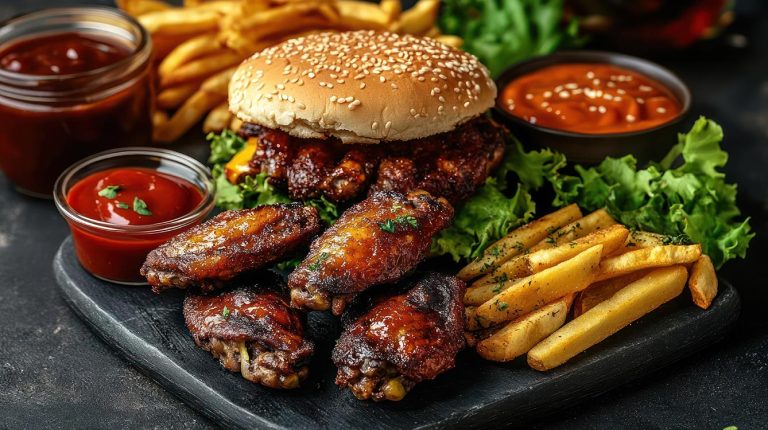The Science Behind Grease Traps: How They Work and Why They Matter
Every time a commercial kitchen washes dishes, cleans cooking equipment, or disposes of food waste, grease enters the plumbing system. Without intervention, fats, oils, and grease (FOG) solidify, creating blockages that lead to costly plumbing repairs, sewer backups, and even regulatory fines. But one piece of equipment stands between commercial kitchens and disaster: the grease trap.
Despite their importance, grease traps are often overlooked until problems arise. Understanding how they function and why they require regular maintenance is essential for any restaurant owner or kitchen manager. Grease traps are more than just another regulatory requirement—they are the first line of defense against expensive plumbing issues, environmental hazards, and operational disruptions.
What is a Grease Trap and Why Do Kitchens Need One?
A grease trap is a plumbing device designed to capture FOG before it enters the main sewer system. When hot grease is poured down a drain, it initially appears as a liquid, but as it cools, it solidifies and sticks to pipe walls. Over time, this buildup leads to severe blockages that can cause backups, foul odors, and damage to municipal sewer systems.
Grease traps are required in commercial kitchens because food service establishments generate significantly more grease than residential properties. Without a grease trap, FOG would flow directly into city sewage lines, leading to expensive cleanup efforts and environmental risks. Municipal regulations mandate that businesses install and maintain grease traps to prevent these issues.
Beyond compliance, grease traps contribute to a kitchen’s overall efficiency. When properly maintained, they prevent slow drainage, reduce foul odors, and minimize the risk of emergency plumbing failures. Investing in grease trap maintenance is not just about avoiding fines—it’s about ensuring smooth kitchen operations.
How Grease Traps Work: The Science of FOG Separation
Grease traps operate based on the principle of gravity separation. Since grease and oil are less dense than water, they naturally rise to the surface when allowed to settle. A grease trap takes advantage of this physical property by slowing down wastewater flow, allowing time for FOG to separate from water before it reaches the sewer system.
When wastewater enters the grease trap, it passes through a series of baffles—barriers that slow water movement and create a holding area for grease to accumulate. As the wastewater cools, grease floats to the top while heavier food particles sink to the bottom. The cleaner water in the middle then flows out into the sewer system, leaving behind trapped grease and solid waste.
Over time, the grease layer thickens, reducing the trap’s efficiency. If not cleaned regularly, the buildup can overflow, causing grease to enter the main plumbing system. This is why routine maintenance is essential—grease traps are only effective when they have the capacity to separate and contain FOG properly.
What Happens When a Grease Trap is Neglected?
Neglecting grease trap maintenance has serious consequences. As grease accumulates, it hardens, restricting water flow and increasing pressure in the plumbing system. This often results in slow-draining sinks, backups, and, in extreme cases, burst pipes.
A clogged grease trap also creates unsanitary conditions. When grease overflows, it can leak into kitchen areas, creating slippery surfaces that pose a safety risk to staff. The accumulation of decomposing grease produces foul odors that can spread throughout the establishment, negatively impacting the dining experience and customer perception.
Beyond the kitchen, unmaintained grease traps can cause problems at the municipal level. Excessive grease entering the sewer system contributes to blockages in public pipelines, leading to large-scale plumbing failures and costly city-wide cleanups. Health inspectors and environmental agencies take grease management violations seriously, imposing fines, suspension notices, and even temporary closures for non-compliant businesses.
In short, ignoring grease trap maintenance doesn’t just cause plumbing issues—it jeopardizes the entire operation.
Maximizing Grease Trap Efficiency with Proper Maintenance
Ensuring that a grease trap functions correctly requires regular cleaning and proper use. Cleaning frequency depends on the size of the grease trap and the volume of grease a kitchen produces, but most commercial kitchens need service at least once every one to three months.
Proper staff training plays a key role in grease trap efficiency. Employees should be instructed never to pour grease directly down drains and to scrape food scraps from dishes before washing. Installing sink strainers can help prevent solid waste from entering the trap, further reducing the risk of blockages.
When scheduling professional grease trap cleaning, it’s important to work with a provider that thoroughly removes accumulated grease and inspects the trap for potential issues. Some service providers also offer grease recycling programs, turning collected waste into biodiesel, creating an additional sustainability benefit for businesses.
For long-term efficiency, businesses should maintain detailed records of grease trap service dates, cleaning logs, and compliance documentation. These records not only help with regulatory inspections but also ensure that maintenance schedules remain consistent.
Why Grease Trap Maintenance is a Critical Investment
While grease traps are often out of sight and out of mind, their role in commercial kitchen operations cannot be overstated. They protect plumbing systems, prevent costly emergencies, and keep businesses in compliance with local regulations. Regular maintenance ensures that grease traps function as intended, reducing the risk of unexpected disruptions and financial losses.
For restaurant owners and kitchen managers, the key takeaway is simple: maintaining a grease trap is not just about avoiding fines—it’s about protecting the business from preventable setbacks. Proactive grease trap care saves money, improves kitchen efficiency, and supports environmental sustainability.
For those who haven’t scheduled a grease trap cleaning recently, now is the time to take action. Regular maintenance is a small investment compared to the costs of emergency repairs, health code violations, and operational downtime. Keeping grease traps clean is one of the simplest yet most effective ways to ensure a kitchen runs smoothly and remains in compliance with FOG regulations.






